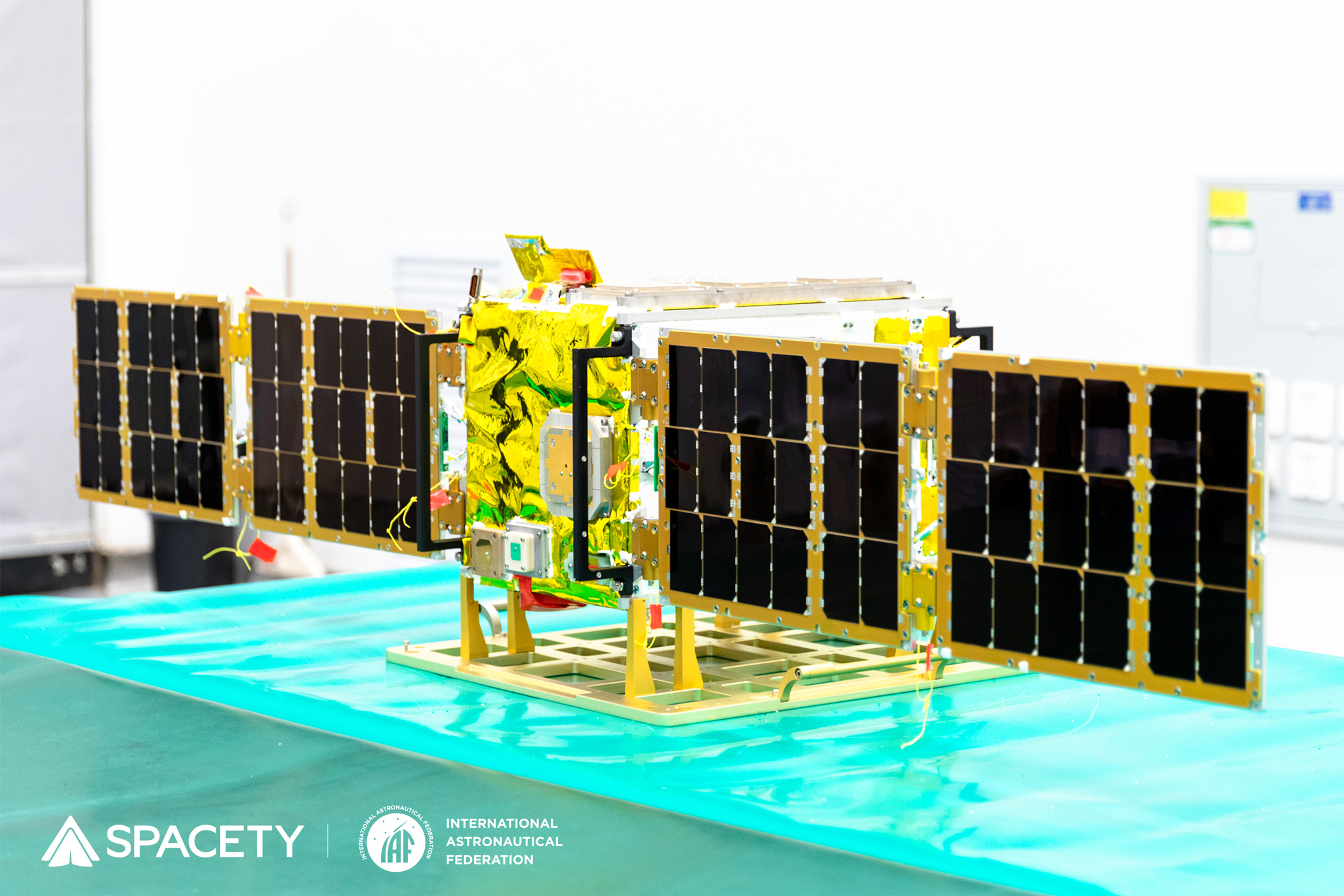News
Spacety announces a new space launch
22nd December 2020 – Spacety announces a new space launch, merely 6 weeks after the previous launch. At 5:37 a.m. today (Luxembourg time), two of Spacety’s satellites, Hisea-1 and Yuanguang, were successfully launched into space on the inaugural flight of the medium-lift Long March 8 (LZ-8) rocket, from Wenchang, China. Hisea-1 is Spacety’s first commercial Synthetic Aperture Radar (SAR) satellite, which is also the world’s first commercial C-band small satellite SAR with a phased-array antenna. Yuanguang is a 12U satellite for scientific experiments of mechanism and tribology in space.
Imagine being able to reconstruct landscapes or cities with an almost instant refresh rate, on sunny or rainy days as well as nights. Defense and intelligence could come immediately into mind, but the commercial uses for such information are tremendous. Hisea-1 was launched to meet the needs for monitoring ocean and coastal areas and for ocean research. The imagery from the satellite will also be used for disaster management, agriculture, infrastructure monitoring and so on.
Synthetic Aperture Radars (SAR) are basically like a bat – not affected by daylight and weather conditions compared to optical sensors. Now the era of SAR satellites has arrived, and Spacety is planning to build, launch and operate a constellation of 56 small SAR satellites. “Hisea-1 is the first launched satellite of TY-MINISAR, the first generation of light and small SAR satellites being developed by Spacety. The constellation based on TY-MINISAR benefits from low cost, fast deployment, strong coverage capability with a high revisit frequency, and flexible scheduling. As a result, the constellation can produce images of high resolution, wide-coverage, and continuous monitoring, and will provide customers with more efficient remote sensing services”, says Justin Yang, the founder and CEO of Spacety. Hisea-1 has a mass of 185 kg, and uses phased-array antenna. It has three imaging modes with the finest resolution of 1m x 1m.
On board is ThrustMe’s Iodine Electric Propulsion system, which provides the satellite with crucial orbit maintenance, collision avoidance and de-orbiting at the end of its three year expected lifetime, thus ensuring an economical solution for the environmental sustainability of satellite constellations and the space industry. Spacety is very conscious of space sustainability issues, and already has active de-orbiting devices on its satellites, including these two just launched.
Still a young new space company, Spacety has already launched 21 satellites with 12 launches in less than 5 years. More satellites are expected to go to space in 2021 for the SAR constellation and also to provide IOD/IOV and satellite hosting services to clients.


